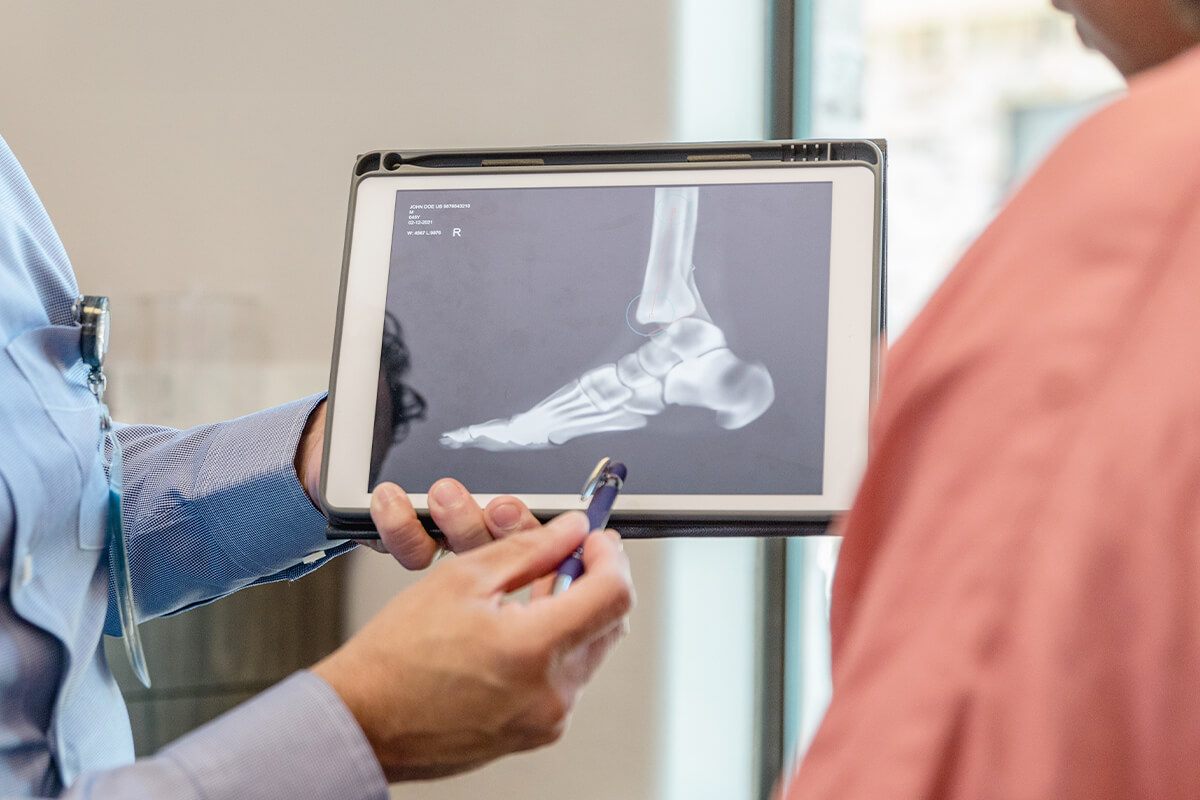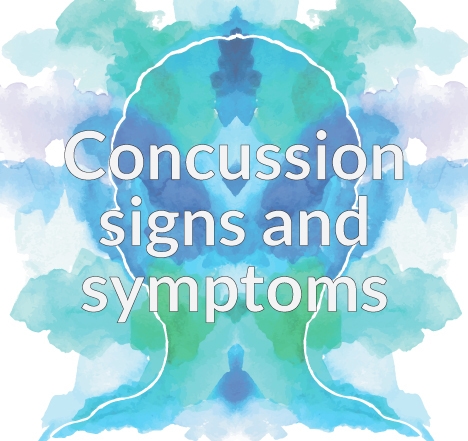Health & Wellness
Step Out of Pain and Back Into Action
Aug 8, 2025

Our feet are marvelous and complex — each foot is comprised of 26 bones, 33 joints and more than 100 tendons and ligaments. And because our feet carry the full weight of our bodies, a small problem in the foot can lead to considerable pain, reduced mobility and even issues in the hips and back.
“We see a wide range of foot and ankle problems including fractures, sprains, deformities like bunions and hammertoes, arch pain and heel pain,” says Geoff Kraemer, DPM, FACFAS, an experienced podiatrist in Sonora. “We have several methods to pinpoint the exact cause of pain or instability and surgical and non-surgical treatment options to help patients overcome their condition and lead active, healthy lives.”
Bunions
As many as one out of three adults in the United States is affected by bunions. This condition, characterized by a big toe that bends in toward the other toes and big toe joint that bulges outward toward the other foot, is most common in women over the age of 40. Some people are genetically predisposed to developing bunions because of having weaker or shorter tendons and ligaments. Certain joint diseases can also increase risk, and improper footwear, like high heels or shoes that are too tight, can exacerbate the condition.
“Bunions can cause problems including chronic pain, development of other deformities and difficulty walking,” Dr. Kraemer says. “Treatment begins with conservative measures like toe spacers, bunion pads and wider shoes. For painful symptoms, surgery to realign the toe often offers the best long-term results.”
Ankle injuries
Ankle sprains are very common, especially for physically active individuals. Walking or running on uneven surfaces and sports like soccer or basketball that may cause the foot to suddenly twist or roll can damage the ankle ligaments. Most of these injuries heal after a few weeks of rest, but some may develop into a condition known as chronic ankle instability and lead to reinjury, chronic ankle pain and instability specifically on uneven ground.
“If the ligaments are stretched and weakened, we may recommend physical therapy to rebuild strength and improve range of motion,” Dr. Kraemer explains. “In severe cases, surgery to repair the damaged ligament improves stability and can help patients return to their favorite activities.”
Diabetic peripheral neuropathy
Without appropriate blood glucose control, people with diabetes are at risk of developing foot ulcers, infections and non-healing wounds. That’s because over time, high blood sugar levels damage nerves in the lower legs. With a lack of proper blood flow and important nutrients, the nerves no longer function as well, causing numbness, tingling and burning pain in the feet.
If an area of the foot has no sensation due to neuropathy, a small cut or blister may go unnoticed and develop an infection, which can lead to gangrene and may even require amputation. “Keeping your blood sugar under control, along with regular self foot exams to check for minor problems before they become severe, are the best ways to protect your feet and maintain your mobility and independence,” Dr. Kraemer advises.
Taking the next step
Are you experiencing foot or ankle pain? Dr. Kraemer is here to help you get back on your feet. Call 209-536-5755 to make an appointment today.


